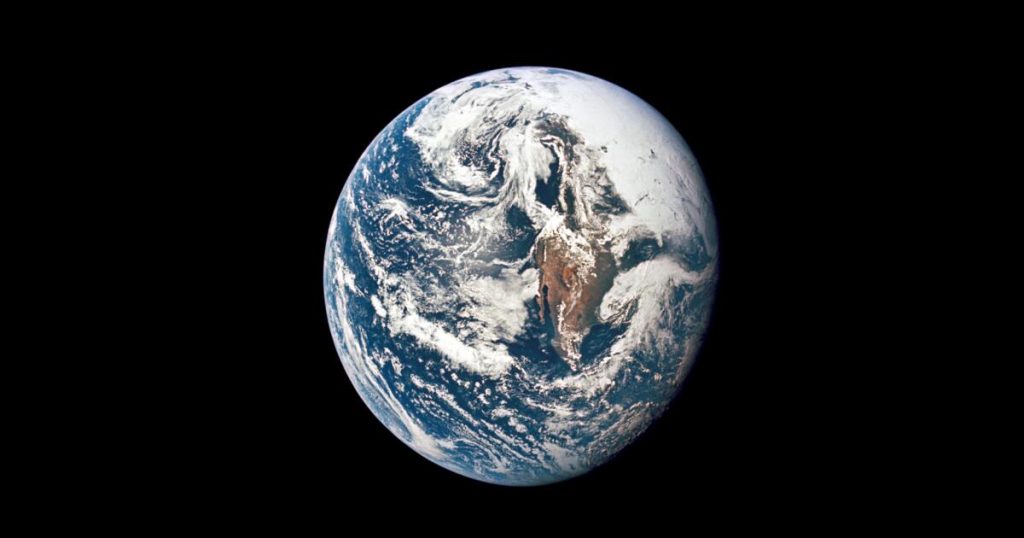Asteroid 2024 YR4: Understanding the Risk and Response
The discovery of asteroid 2024 YR4 in December has sparked interest due to its 2% chance of impacting Earth in 2032. Although this probability is relatively low, it has increased from an initial 1%, prompting scientific scrutiny.
Size and Potential Impact:
Asteroid 2024 YR4 is estimated to be between 40 to 90 meters in diameter. A 40-meter asteroid could cause localized damage, similar to the 1908 Tunguska event, which flattened vast Siberian forests. However, a 90-meter asteroid would have more severe consequences, highlighting the importance of accurate size determination.
Scientific Monitoring:
Global telescopes, including one in Chile and the Webb telescope, are tracking the asteroid. The Webb’s observations in March will provide crucial data, after which the asteroid will be out of view until 2028. Orbit predictions rely on gravitational influences, requiring precise data for accuracy. Historical context, like asteroid Apophis, shows initial fears can be overestimated with better data.
Defensive Capabilities:
NASA’s DART mission demonstrated success in altering an asteroid’s orbit, showcasing our capability to deflect potential threats. However, the effectiveness of such missions depends on the asteroid’s size and the time available for preparation.
Uncertainty and Cooperation:
Current uncertainties in the asteroid’s size and orbit affect impact predictions. Global cooperation in asteroid tracking underscores the importance of continuous monitoring and data sharing in mitigating potential threats.
Conclusion:
While the risk from asteroid 2024 YR4 remains low, ongoing vigilance is prudent. Upcoming observations will refine risk assessments, reassuring the public if probabilities drop. This scenario exemplifies how scientific collaboration protects Earth from cosmic threats.









